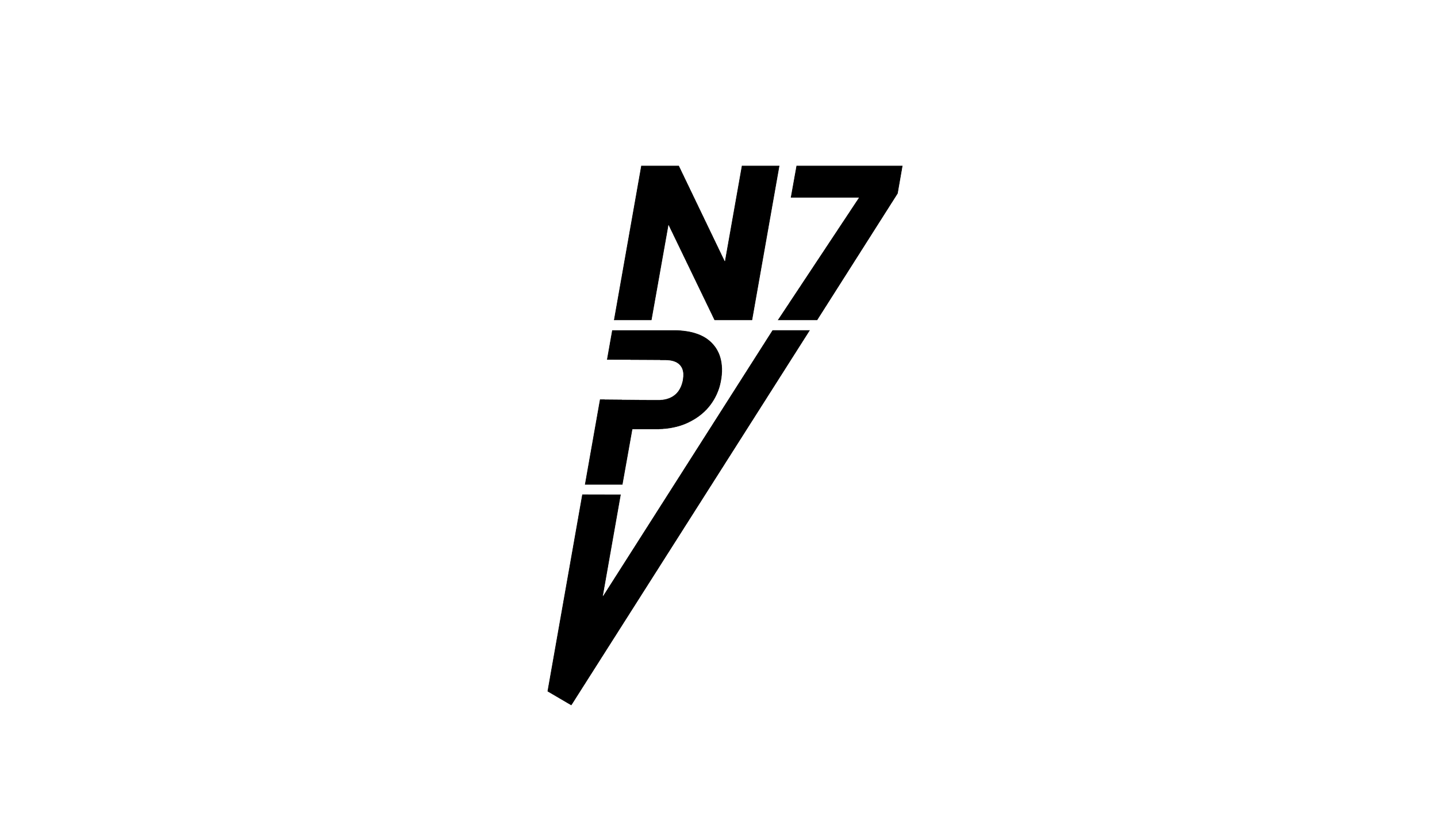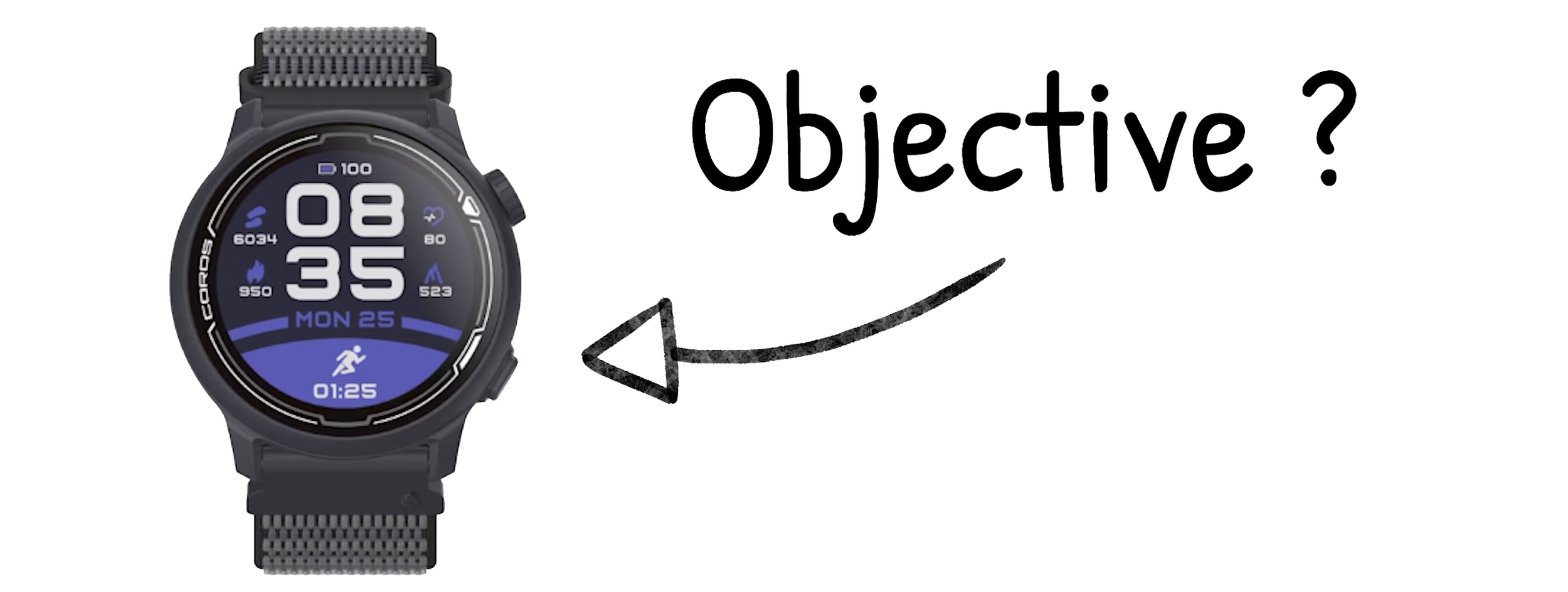5 SECRETS: How to WINDSURF FASTER
Five important areas you need to look at if you want to become a faster freeride, freerace or race windsurfer.
Training System
Measuring Success
Physique
Gear
Technique
Training System
how to approach the training
Let’s start with the training system. You don’t have to look at yourself as a high level athlete, but regardless it’s very helpful to have a scheme or a concept that you can work with, so you are aware of what you are doing, instead of just windsurfing into the blue, no pun intended.
This is based on a realization I recently had in foiling. On the fin I have been on a high level of speed since quite some time, but in foiling the general level and therefore also my personal level and speed is still rising.
It may seem obvious that a higher average speed also leads into a higher top speed. But let me explain why that is important for you.
In order to increase your top speed, you need to build higher bases. You’ll want to start being more comfortable at speeds that have previously been a challenge for you. Once get comfortable at 1 or 2km/h more, with bigger sail size or a new faster board, you’ll be able to approach the next peak. This is quite literally what pushing your limit is.
Measuring Success
Measuring your success is more difficult than it may seem. Of course a GPS watch should be objective, but your speed depends on a lot of different factors. Such as sailing at a different angle to the wind, strength of the wind, length of a gust, the speed you’re entering a gust at or the shape of the waves. It works to a certain extent if your spot always has more or less the same conditions. In these cases an average speed over for example 500m can give a good indication.
Nowadays there are quite reliable GPS Watches of which we believe have the best ones in the shop at Surfcenter. We’ll link it down below.
More reliable is a windsurfing buddy, of whom you know that he or she is a consistent windsurfer. If you sail next to each other, you can be sure to enter the same gusts and chop or waves at the same time. This way you cross out a lot of the previously mentioned factors and you’ll know whether or not you’re gaining speed by changing a part of your gear or the technique.
Comparing your speed with a partner is the most valid method.
Physique
The importance of fitness
When it comes to windsurfing at Top-Speed in strong wind we’re often limited by our ability to control the gear, while in lighter winds we struggle to get the gear efficiently flying over the water. Both of these can be addressed with body tension, core strength and strong legs.
In order to reach the highest possible speed for the gear you’re on, and the conditions you’re windsurfing in, you can not expect to be super comfortable. Anything that gets you close to the ultimate performance will require some level of physical effort and with that discomfort.
So, I’ve got some good and some bad news.
The good news is that you can probably train yourself to be comfortable at the same or higher speed you’re now uncomfortable at.
The bad news is that you have to work for this a bit.
Fitness Training
This one is especially important for those of you, who sometimes have several days, weeks or even months between windsurfing sessions. With longer breaks you obviously have a harder time building new higher bases.
The key in your work-outs is to do them consistently. If you don’t have any workouts in your routine, start with just two times per week. With a little bit of a lower entry barrier it will be much easier to keep it going.
In this tutorial I’m not going to go into exact detail about which exercises to do, because I already have a full video and a PDF-Guide.
Even working out once a week will significantly improve your water performance.
Gear
Type of gear
We could talk for hours and hours about gear. How to trim it, how to tune it, how to choose it. We all know that windsurfing is not a cheap sport, so first and foremost I want to mention that you should never get held back by feeling like you can’t afford a brand new newest generation sail. Super important to remember that windsurfing, at least when you’re not competing like me, is not an ego game. You should focus on getting the best speed out of whatever gear you have. Wether it’s a 10 year old freeride board or the latest racing sail, or anything in between.
I’m going to mention the obvious thing first:
A freerace board can go faster than a freeride board, a race board can go faster than a freerace board. And the same goes for sails.
At the same time technology evolves and the newer gear has higher speed potential and better ease of use and windranges than the older one.
You of course have to be able to use them to their full potential.
But how do you get the maximum speed out of your gear?
Tuning your gear
It’s just important to get the trim of your gear right and balanced. There is no simple formula like more downhaul equals more top speed.
Let me just sum up the most important trimming and tuning tips for you:
The board should fly with little resistance over the water - is it too sticky, move the mast base further back. Does your board tend to tailwalk, especially when hitting a gust, put it further forward.
The sail should release enough and let you accelerate when entering a gust. If you enter a resistance you have too little downhaul or a too big sail.
If the rail of the board lifts too much, once you’re powered up, the fin might be too big. When the wind is light and you have to be too gentle with fin pressure, the fin may be too small.
Footstrap positions further back have more speed potential, but you need to be able to control it. Why don’t you try one position further back to start with?
In strong wind, the harness lines should be long enough in order to allow you to bring your body low enough, so you can counter the sail pressure and apply lateral pressure to the fin. This results in better speeds.
In light winds, setting the boom at eye level can help you to lift more board area above the water, resulting in less resistance.
In strong winds, setting the boom at chest level can help you to keep the nose from rising and losing control.
And lastly about the right gear size. Generally speaking, in order to reach your highest possible speed, you should be on the biggest gear you can just keep under full control.
Old gear is (almost) never holding you back.
Windsurf Technique
Finally and probably most importantly
Most windsurfing spots do not have consistent wind, therefore you enter gusts and you enter windholes. Your technique always has to adjust to the surroundings. This will increase your average speed, and as we learned therefore also your top speed. When practicing these techniques it helps to exaggerate them a bit, so you understand the posture and benefit better.
Light wind
In lighter wind you want the sail to be fully upright, so it can work as efficiently as possible. Therefore your hip moves up, making for a more straight line in your body.
Now you’ll want to get your board into a position, in which it can fly over the chop.
You’ll achieve this by carefully shifting weight onto the back leg, from where you transfer the pressure onto the fin. Not completely, because if you push too much at a too low speed, you’ll end up in a spin-out.
In the next step, you’ll carefully start lifting the heel of your backfoot, so the windward rail starts raising slightly.
Now comes a moment where leg strengths plays an important role and which is often unmentioned. Lifting the heel, doesn’t mean lifting the whole leg. So while the heel goes slightly up, your leg is still pushing down.
From this position you can play with the pressure on the back foot and the amount you lift your heel.
Once you enter the gust, your posture should immediately adapt.
Typical position for lighter winds: keep your legs and upper body relatively upright, with your heels up to lift the rail.
Strong wind
Firstly, you’ll have to start applying more pressure to the heel again, because the strong wind and increased speed will now want to lift your upwind rail.
Your hip should move lower to leverage the increased power in your sail. With that your core comes closer to the board and rig, making for better control. This is where longer harness lines will make a difference.
In strong wind we often tend to get nervous and put more weight into the arms, but try to keep most of your weight in the harness. Lock yourself in the footstraps.
From here it’s again about raising the base speed, you’re comfortable in. Acceleration is fast in the beginning, but to really get high peaks, you need to maintain position and in control for longer reaches.
Once you are comfortable you’ll want to focus on applying slightly more sideways pressure to the board, which transfers sail power more into the fin, rather than into the deck of the board, resulting in higher speeds.
A low position for maximum control is the key to going fast in stronger winds.








